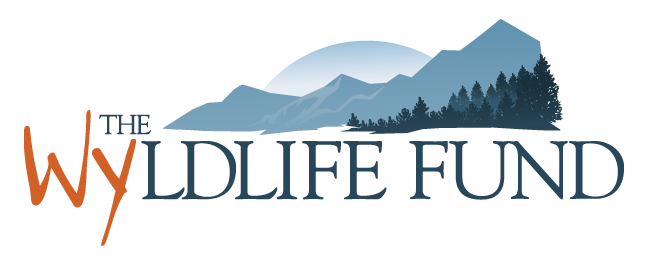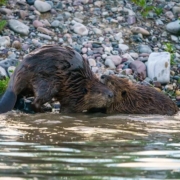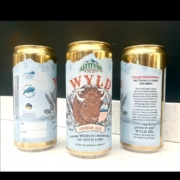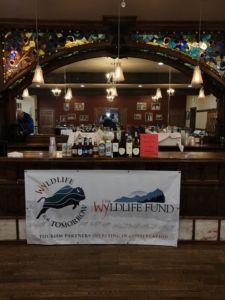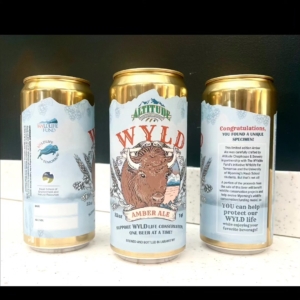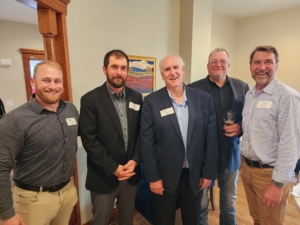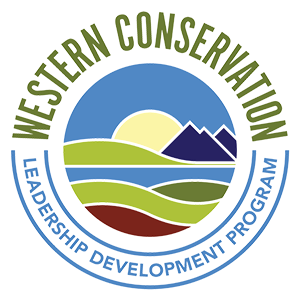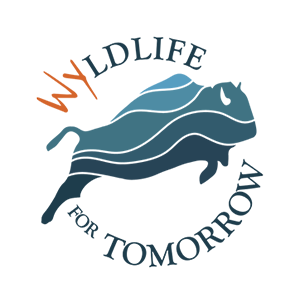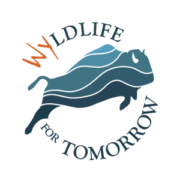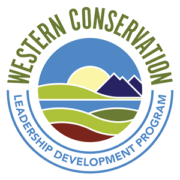Moose Fund makes another incredible investment for Wyoming’s wildlife
Moose Fund Invests in Cody Regional Office Beaver Holding Facility
The Moose Fund is a restricted line item within The WYldlife Fund created by Mary Rumsey.
To learn more about investing in this fund please reach out to us today!
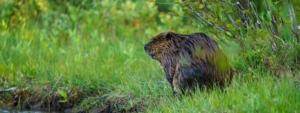
Beavers and moose have overlapping habitats, and Mary Rumsey of Meeteeste loves moose. With this passion, Mary created a restricted initiative within The WYldlife Fund to focus on projects and research that benefit moose and their habitat. Beavers are incredible ecosystem engineers and provide important riparian habitat which both moose and a plethora of wildlife benefit from! With a generous gift of $60,000, Mary is helping fund a beaver holding facility which will be built at the Cody Regional Office of the Wyoming Game and Fish Department. This project is being led by Jerry Altermatt, Habitat Biologist for the Wyoming Game and Fish Department. Generous gifts of $9,900 each from WYldlife For Tomorrow and Wyoming Untrapped have also made this project possible. Read on for more information about the importance of beavers and the impact of this project which is now under construction!
Resource managers have long recognized the role of beavers in creating and maintaining habitat associated with river ecosystems. Beavers, or more specifically the dams they build, can drastically alter these river ecosystems by impounding water. These alterations can result in a multitude of benefits, including higher water tables, reconnected and expanded floodplains, higher late season base flows, expanded wetlands, improved water quality, and more diversity and richness in the populations of plants, birds, fish, amphibians, reptiles, and mammals.
Beavers were extirpated from many drainages in North America during the peak of the beaver pelt market in the mid-1800’s. While efforts to reestablish beaver populations were undertaken in Wyoming in the 1940’s, beavers are still absent in many stream segments, especially where these segments are isolated from core beaver populations associated with larger river systems at lower elevations. It is estimated that beaver populations in Wyoming are only ¼ of historical populations (Olson). The absence of beavers in many of these stream ecosystems has led to degradation of streams, shrinking of riparian areas and loss of habitat for the many species of fish and wildlife that depend upon healthy stream and riparian habitats.
Translocating beavers for restoring stream ecosystem functions has gained popularity among wildlife managers. The rate of successful establishment after translocation varies widely, but certain practices can substantially increase success rates, such as translocating both parents and as many kits as possible from a colony as a group. Beavers are much more likely to stay put if they are not separated from their family members.
To facilitate translocating family groups, beavers must be temporarily held until all or as many family members are trapped. Most beaver translocation practitioners in Wyoming are currently using a mobile holding facility that replicates as much as possible a beaver’s natural habitat. While these facilities work reasonably well, they have several limitations. The most critical limitation is that only one family can be held at a time, as beavers are extremely territorial. Trapping an entire colony can often take two weeks or more. With a short 2-3 month season of trapping, this limitation creates a bottleneck in the translocation effort.
Beaver translocation efforts in other areas in the West have found a solution to this problem by using permanent facilities that can accommodate multiple families. This enables trapping to occur in multiple locations at once, allows for multiple capture attempts to take place, and can allow for “match-making” with single, opposite-sex beavers at the facility.
As a result of these findings, a permanent holding facility that will provide for the short-term needs of beavers awaiting translocation will be constructed at the Wyoming Game and Fish Department Cody Regional Office. This property is located northwest of Cody, WY. The holding facility is designed with three primary considerations: a) efficiency of handling the beavers with a minimum amount of stress to the animals, b) well-being of the beavers while they are being held, and c) ease of maintenance and cleaning.
The facility will contain four individually fenced units consisting of a concrete raceway, feeding area and den. A concrete den will be constructed at the end of each raceway which beavers would access via an underwater entrance to simulate natural dens. The dens will be lined with a removable metal crate for ease of removing the beavers for processing or transport.
Water will be delivered from an irrigation ditch on the property via a headgate and six-inch pipe. An in-line water level control structure combined with stop logs will control the water level in each raceway and, when the stop logs are pulled, will completely drain the raceway for cleaning. A constant flow of 10-40 gallons of relatively clean water will be maintained in each raceway to ensure adequate water quality.
The facility’s location outside of Cody will place it in a logistically ideal location, as it will be centrally located in an area of consistently occurring nuisance beaver problems. The facility will not only serve the beaver translocation needs for the WGFD Cody Region but has the potential to provide a source of beavers for adjacent regions as well. The project will serve as a pilot to demonstrate the efficacy of this approach with the long-term goal of establishing other facilities in strategic locations in the state.
The budget for this project is approximately $80,000. This project is being completed in collaboration with the Wyoming Game and Fish Department and is now under construction.
